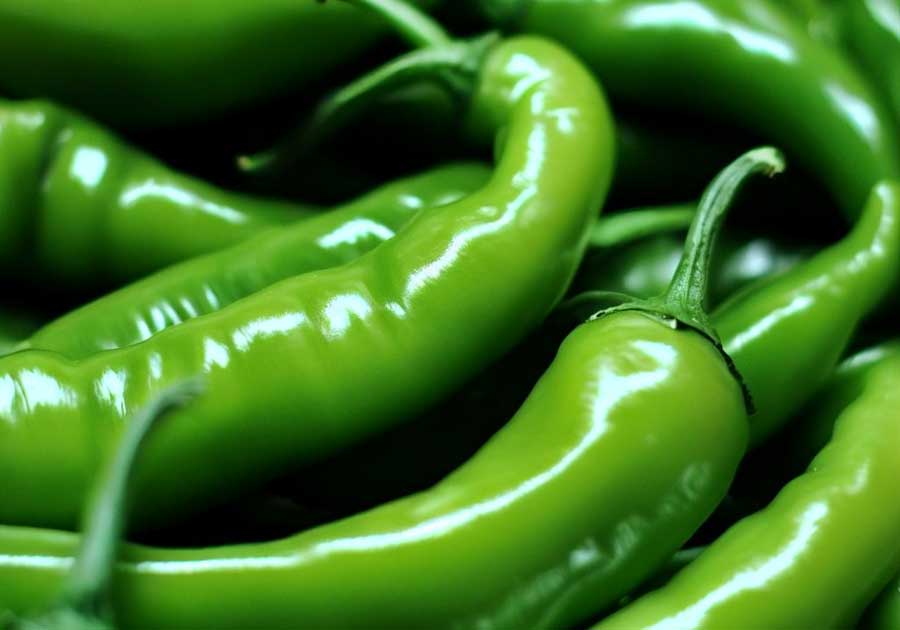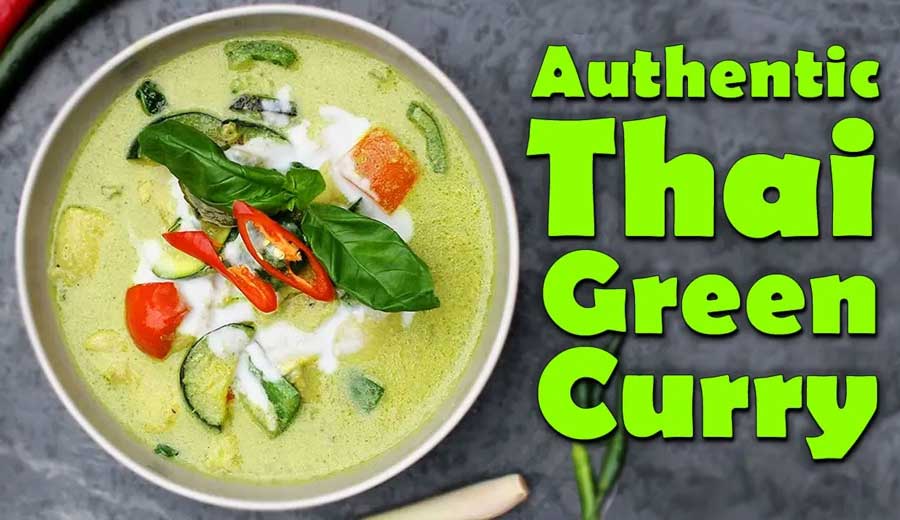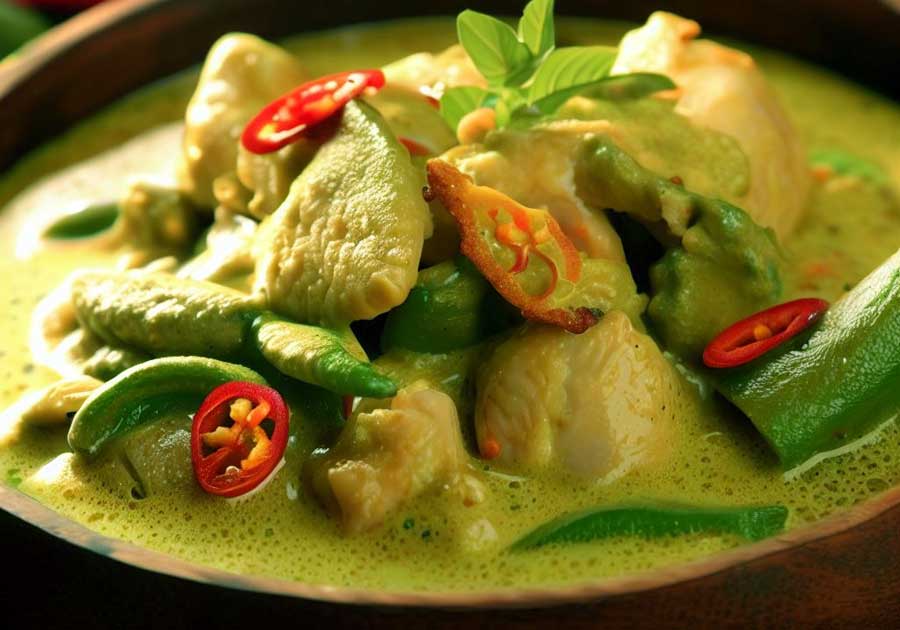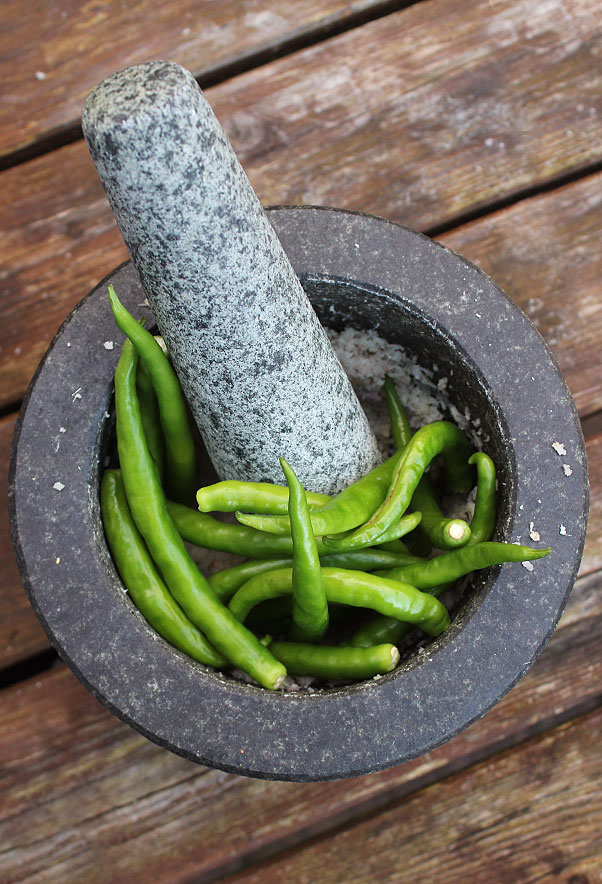There’s a certain allure to Thai green curry that captivates both the senses and the soul. It’s not just the fiery spiciness or the velvety coconut milk that beckons us, but also the enigmatic green hue that gives this dish its name. Have you ever wondered why is green curry green? Let’s find out the answer.
The Artistry of Thai Green Curry
Thai cuisine is renowned for its artful balance of flavours and the meticulous use of fresh herbs and spices. Thai Green curry, or “Gaeng Keow Wan” as it’s known in Thai, exemplifies this culinary artistry. It’s a masterpiece of complexity, harmonizing the sweetness of coconut milk, the heat of green chillies, and the aromatic notes of herbs and spices.
But what truly sets green curry apart is its vibrant colour, which is a feast for the eyes before it even touches the palate. The alluring green tint evokes images of lush Thai landscapes, where ingredients like basil, kaffir lime leaves, and green chillies grow in abundance.
Why is Green Curry Green: Because of The Green Chilies in The Curry Paste
At the heart of Thai green curry lies its core ingredient: the Thai green chilli peppers, often referred to as “Phrik Khi Nu.” These tiny, fiery green pods are the primary source of the curry’s unmistakable green colouration. They pack a powerful punch when it comes to spiciness, making them an essential element in Thai cuisine’s spectrum of flavours.
The Bird’s Eye Chilies
The specific variety of green chilli used in green curry is commonly known as Bird’s Eye Chili. These chillies are not only renowned for their intense spiciness but also for their bright green colour. The vibrant hue of Bird’s Eye Chilies is the result of a combination of factors, including their ripeness, pigment concentration, and the natural variation in chilli peppers.

The Role of Ripeness
The stage of ripeness at which the Bird’s Eye Chilies are harvested plays a crucial role in determining the depth of green in the curry. Young, unripe chillies tend to exhibit a more vivid green colour due to the higher concentration of chlorophyll, the green pigment responsible for photosynthesis in plants.
Understing Chlorophyll
Chlorophyll is the key player in the green colouration of plant tissues, including green chilli peppers. As the chillies mature and ripen, chlorophyll levels decrease, giving rise to other pigments, such as red and yellow carotenoids. This is why red and yellow chillies are found in Thai cuisine as well, but they are distinct from the vibrant green Bird’s Eye Chilies.
The Magical Alchemy of the Curry Paste
In the traditional preparation of green curry, these green chillies are pounded into a paste, along with other aromatic ingredients like lemongrass, galangal, garlic, shallots, and spices. The act of pounding releases the vibrant green colour of the chillies, infusing the paste with its enchanting hue. Here I show you how to make Thai green curry paste the Thai way.
A Real Green Curry Uses No Artificial Colours or Additives
One of the remarkable aspects of green curry’s greenness is its purity. There are no artificial colourings or additives involved in achieving this captivating colour. It’s entirely a product of nature, a testament to the authenticity and simplicity of the traditional Thai cooking.
TLDR;
So, if anyone asks you why is green curry green? It’s due to the green chillies used within the curry paste, nothing more, nothing less.



